By: Laiza B. Tejada
Discover the unique delicacies, restaurants, and resorts of Zamboanga City. This vibrant city is a true gem of the Philippines, with a rich culture and history that is reflected in its food, architecture, and natural beauty. Whether you’re a foodie, a history buff, or a nature lover, there’s something for everyone in Zamboanga.
In this article, we’ll take a closer look at some of the city’s most popular delicacies, restaurants, and resorts, as well as some hidden gems that you shouldn’t miss.
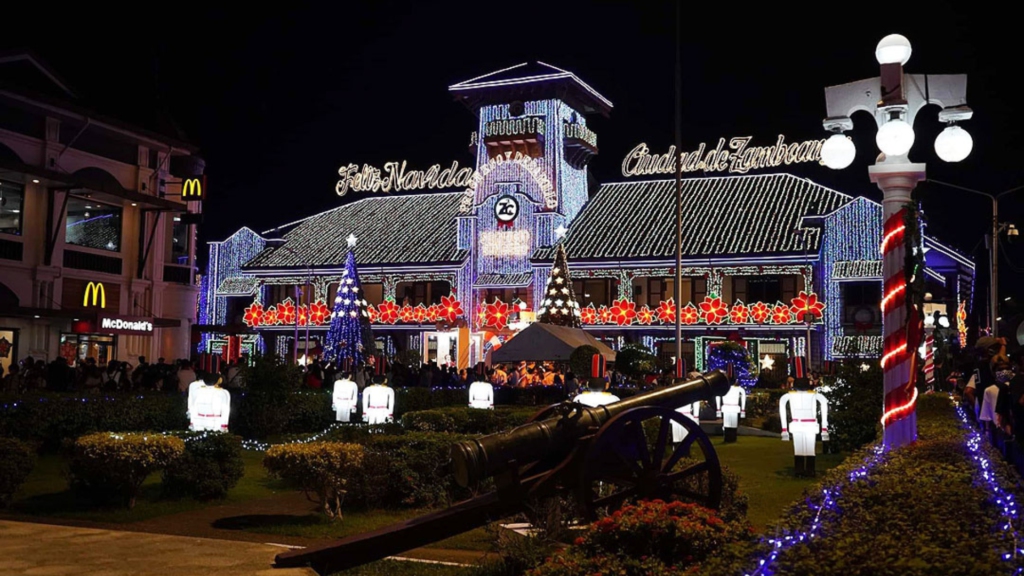
Unique Delicacies: From Curacha to Banana Cue
Welcome to the world of unique delicacies, where flavors and textures blend to create unforgettable culinary experiences. In this article, we will explore some of the most extraordinary and mouthwatering dishes that the Philippines has to offer. From the tantalizing taste of Curacha to the sweet surprise of Banana Cue, prepare to embark on a culinary adventure like no other.
The following is a list of some of the delicious specialties that can only be found in Zamboanga.
Curacha
One of the most famous dishes in Zamboanga is Curacha. This crab dish is unique to the city and is made with a giant crab that is native to the waters around Zamboanga.
The crab is cooked in a tomato-based sauce that is flavored with garlic, ginger, and other spices. It’s usually served with rice and is a favorite among locals and tourists alike.
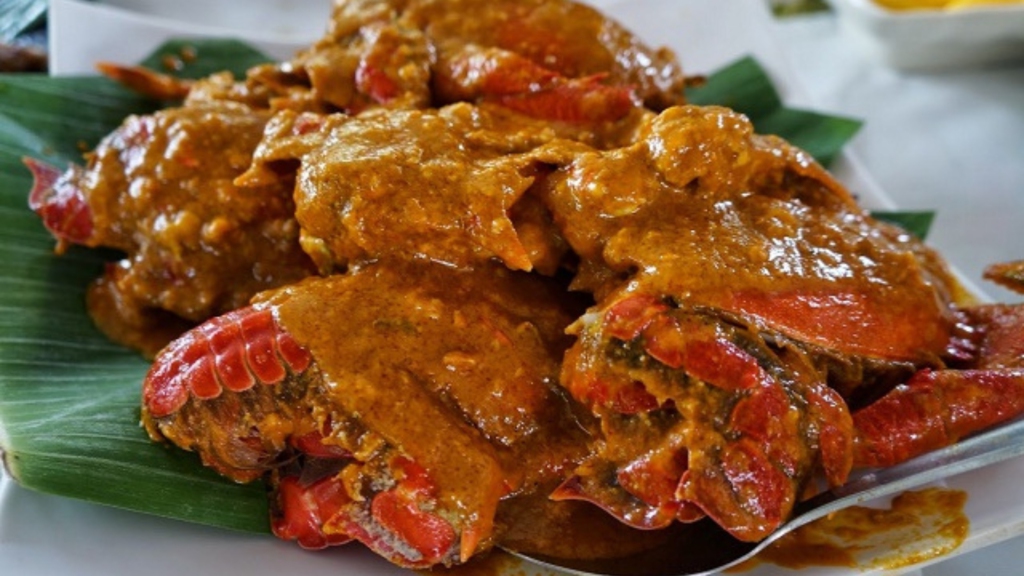
Curacha with Alavar sauce
Satti
Satti is another popular dish in Zamboanga. It’s a type of satay that is made with grilled meat (usually chicken or beef) that is served on a stick with a spicy peanut sauce. It’s a great snack or meal and is often eaten for breakfast or lunch.
In Zamboanga City, everyone likes satti. It is a dish that people from all walks of life eat, including business owners, young workers, teachers, students, and so on. It’s easy to find in satti houses in Western Mindanao, and it’s cheap.
Grilling skewers with slices of beef or chicken and livers gives satti its distinctive flavor. Skewers are used to make satti. Then, a sweet and hot red sauce is put on top. Meat sauce is served with rice that has been shaped into cubes and set on coconut leaves. You can mix the rice and the sauce together.
Spices like ginger, curry, pepper, and garlic are added to the main ingredients, which are beef, chicken, or chicken livers. The way satti is made varies from place to place. Some kinds of satti might have coriander in them, while others might have lemongrass.
The Tausug eat satti for breakfast, but you can also eat it for lunch and dinner. The sauce is the key to this dish, and the taste of the sauce will be different in different places.
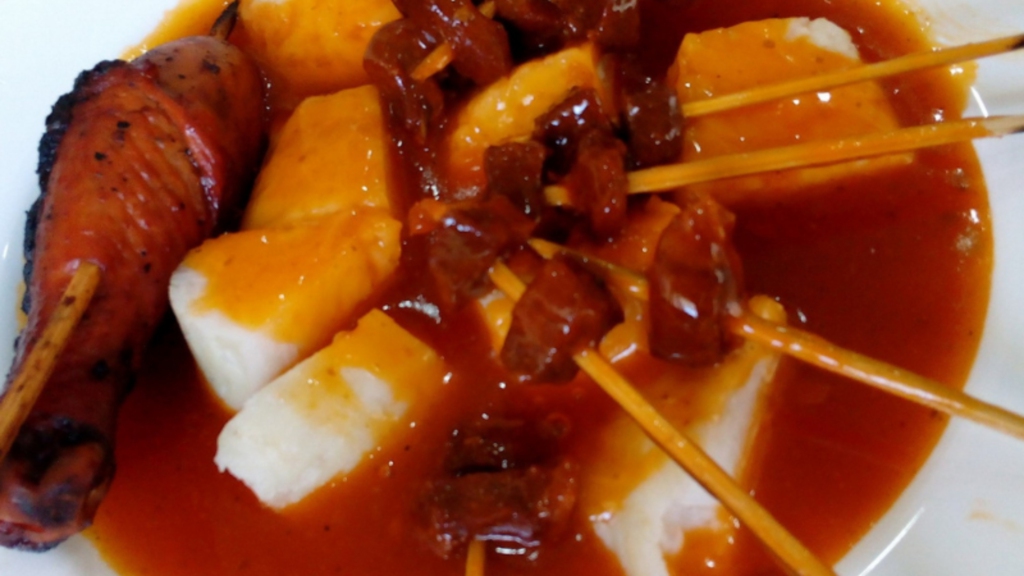
Satti
Knickerbocker
Knickerbocker is the perfect treat for those with a need for sweets. It’s a sweet treat that’s prepared by stacking gelatin, condensed milk, and fruit in between layers of gelatin. It is a refreshing dessert that is perfect for when the temperature is quite high.
The most common choice is watermelon, but you could also try it with melon, dragon fruit, honeydew, or even papaya, like we did in this dish. Watermelon is the most popular choice. Just layer everything in the order listed in the tall glass, top with ice cream, nuts, and a piece of cherry in a bright red color, and serve.
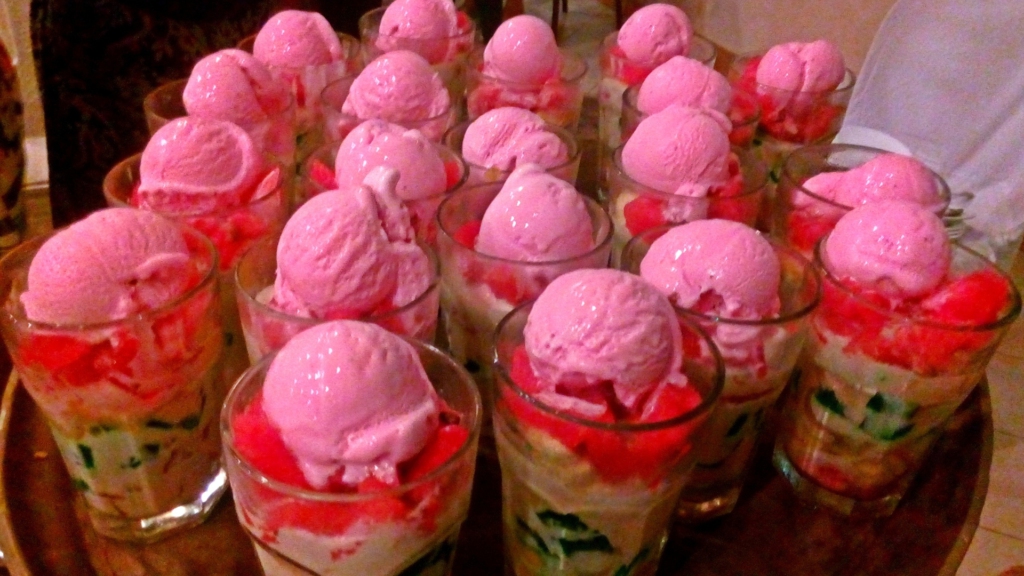
Knickerbocker
Bangbang Sug
Bangbang Sug is a Jolo Sulu Native pastry. Jolo Sulu is a province located in the southern part of the Philippines, known for its rich cultural heritage and flavorful delicacies. Jolo Sulu Native Pastries is a popular pastry shop that offers a wide range of traditional Filipino sweets and pastries that are unique to the region.
Here are some of the most popular Jolo Sulu native pastries that you should try in Zamboanga.
- Daral
Daral is a sweet crepe traditionally eaten by Filipino Muslims and filled with sweetened coconut meat. The Tausug of Zamboanga are the original creators of it. The batter for the crepe wrapper combines unsweetened ground glutinous rice with coconut milk or galapong, much like the batter for the lumpia wrapper.
- Baolu
A traditional delicacy of Tausug, Baulo is a dish that was derived from the cuisine of Malaysia. They may refer to it as Baulo or Bahulu. The flavor is reminiscent of French madeleines, but with an interesting twist to it.
You may give it a tiny spike of fruity taste by adding Royal Tru Orange or Fruit Juice, which will make it stand out from other similar drinks. During important occasions such as wedding celebrations, this is often made to be eaten.
- Pitis
Pitis is a pastries made with sticky rice flour and filled with coconut that are covered in banana leaves.
- Biyaki
At first sight, one may mistake it for a tamale from Mexico. Steamed corn, shredded coconut flesh, rice flour, and sugar are the primary ingredients of the Bangbang Sug (Tausug pastries) known as Biyaki. A cup of kahawa sug, or Sulu coffee, goes well with the sweet delight.
- Putli Mandi
Putli Mandi is a popular Jolo Sulu native pastry that is made of glutinous rice flour, coconut milk, sugar, and pandan leaves.
The mixture is then wrapped in banana leaves and steamed until cooked. Putli Mandi is a sweet and sticky pastry that is perfect for snacking or as a dessert.
- Lokot-Lokot
Lokot-Lokot is a popular Jolo Sulu native pastry that is made of rice flour, coconut milk, and sugar. The mixture is then shaped into thin strips and deep-fried until crispy. Lokot-Lokot is a crispy and sweet pastry that is perfect for snacking or as a dessert.
- Pastil Tausug
The Tausug pastil is a savory variation of an empanada that resembles a traditional Filipino pastry. You might call it a vegan empanada since it is coated in crispy pastry and filled with sautéed mung bean sprouts.
What is it that gives it its thrill? A bottle of warm vinegar that has been cooked in spices and has a tinge of sweetness is offered beside it. When the right textures, acidity, and spices come together in the right proportions, you find yourself wanting more and more to eat.
- Jualan Saing
Jualan Saing is like a simplified form of banana cue because it is made of deep-fried bananas topped with a sweetened coconut sauce.
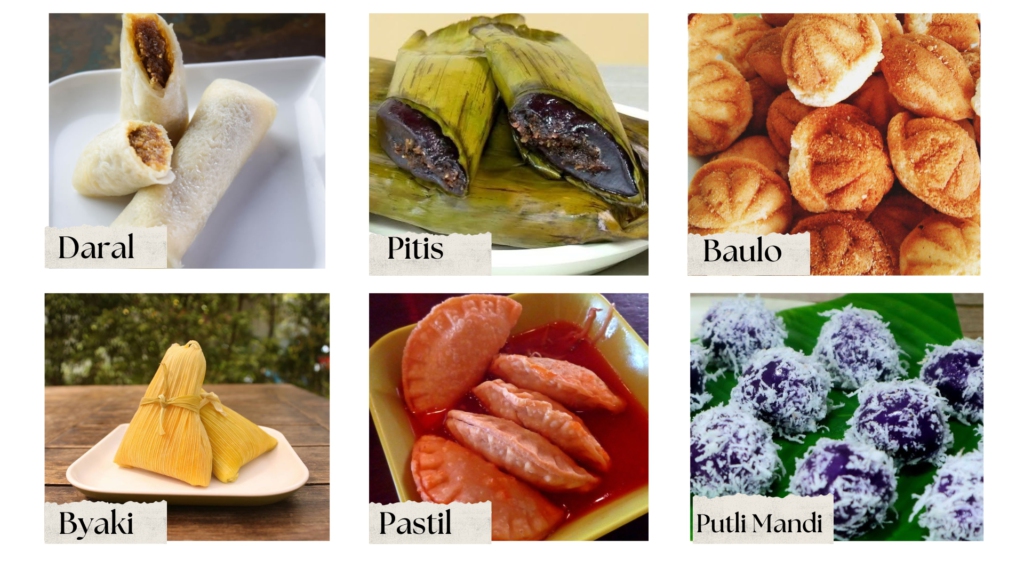
Bangbang sug
Banana Cue
Banana Cue is an easy dish that’s also delicious. Bananas skewered with caramelized brown sugar are a popular street snack.
Zamboanga’s Restaurant That You Ought to Try
There is a diverse selection of restaurants in Zamboanga City that provide both classic and contemporary styles of cooking. The following are a few of the city’s most well-known dining establishments that you should not miss while you are there.
- Alavar Seafood Restaurant
If you’re a seafood lover, you won’t want to miss Alavar Seafood Restaurant. This restaurant is famous for its Curacha dish and also serves a variety of other seafood dishes that are cooked in traditional Zamboanga style.
The restaurant has a cozy and welcoming atmosphere and is perfect for a family dinner or a romantic night out.
- Lantaka Hotel by the Sea
For a taste of luxury, head to Lantaka Hotel by the Sea. This hotel has a beautiful restaurant that overlooks the ocean and serves a variety of international and local cuisine.
The menu changes regularly and features seasonal ingredients, so you’re always in for a culinary treat.
- Palmeras Restaurant
For a more casual dining experience, check out Palmeras Restaurant. This restaurant serves traditional Filipino cuisine, including Satti and Knickerbocker. The restaurant has a laid-back atmosphere and is perfect for a quick lunch or dinner.
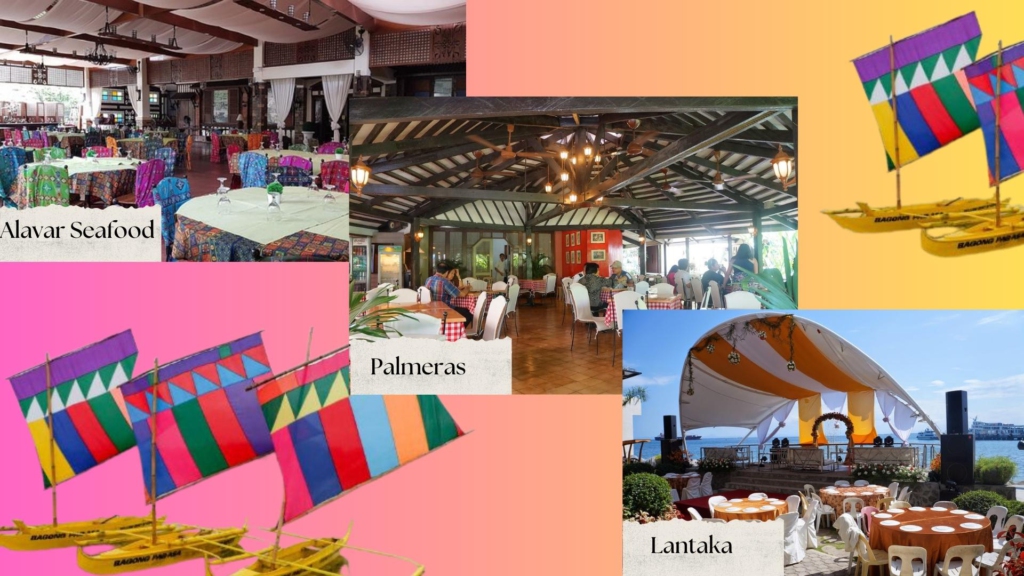
Best Restaurant in Zamboanga City
Discover Hidden Gems of Zamboanga City
In addition to its mouthwatering cuisine and stunning resorts, Zamboanga City is home to a plethora of undiscovered treasures that are just waiting to be found by curious visitors. The following is a list of some of the highlights that you shouldn’t miss out on.
Pasonanca Park
You can find this Pasonanca Park in Zamboanga City. With its abundance of fun things to do, this destination is perfect for families. There are three public swimming pools at Pasonanca Park, one of which is equipped with water slides specifically for children.
The famous Pasonanca Tree House, perfect for special events or a night under the stars, is also available for rent. There is an overwhelming number of activities available in this location. then to a wonderful butterfly garden with a variety of butterflies and plants, including several uncommon birds.
Campsites for scout training, an amphitheater, and other amenities for events and groups, including gender-separate spaces, are also available.Visit the La Jardin de Maria Clara Lobregat, named for the city’s late mayor, to view the aviary, where you may observe peacocks and owls. A museum dedicated to her memory may be found in the park as well.
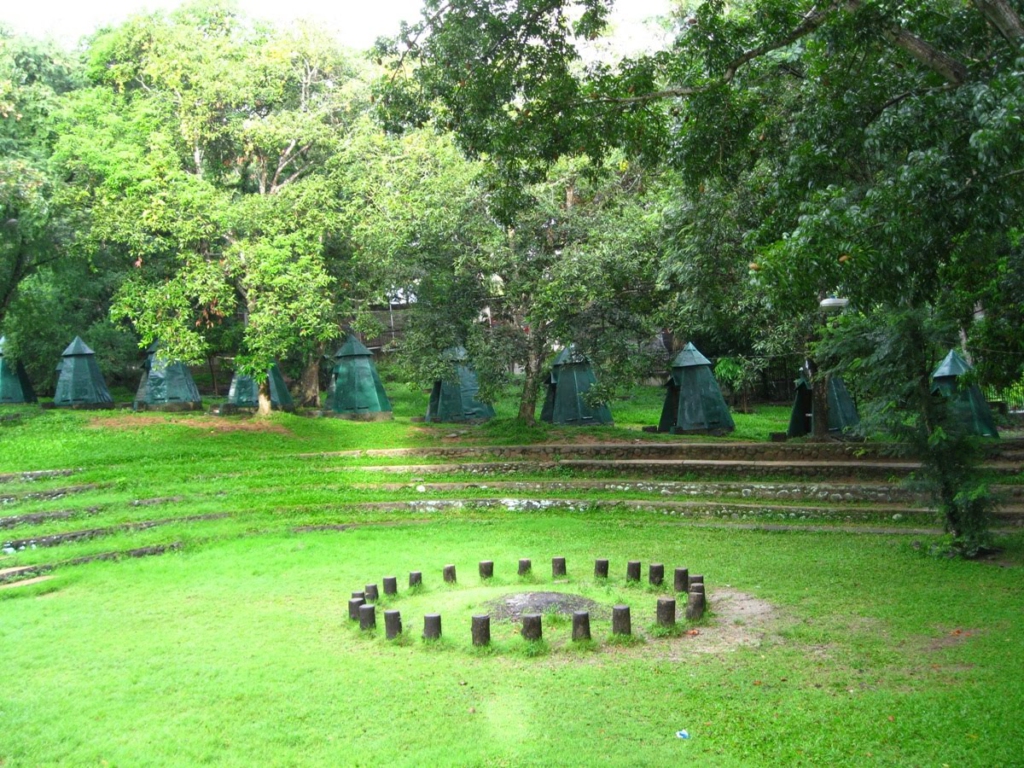
Pasonanca Park
Fort Pilar
The royal fort of our Virgin Lady of the Pillar is one of Zamboanga’s most recognizable structures. About 17 centuries ago, Fort Pillar Shrine was built. The Spanish colonial authorities in Zamboanga built this fortification as a defensive stronghold.
The fort was reportedly constructed in 1635 by Fr. Melchor de Vera, a Jesuit priest and engineer, to defend the city from the Moors, the Dutch, and the British.
Christians get together to pray, sing, and light candles. It is widely agreed that, of all the forts in the nation, this one is the most impressive.
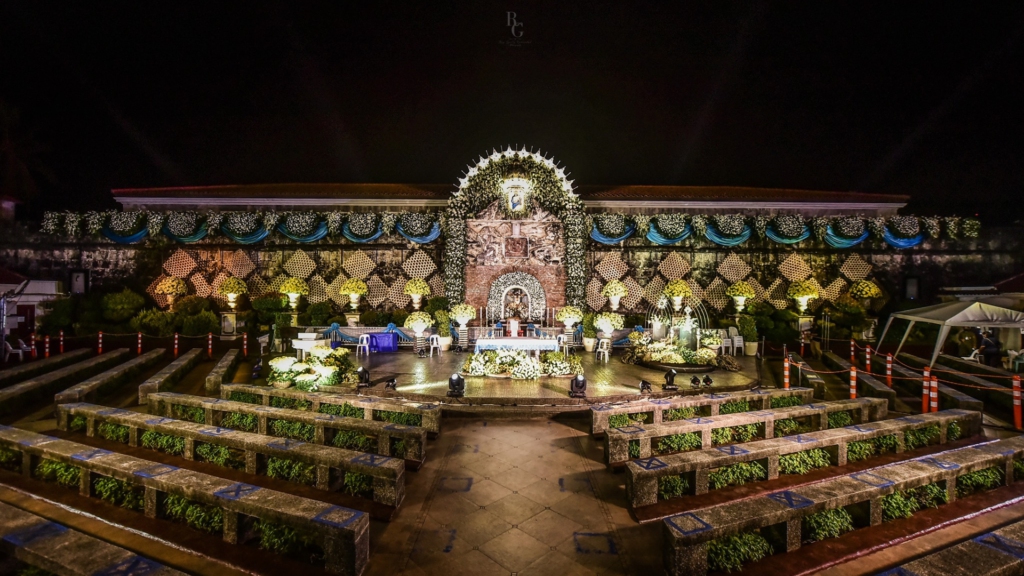
Fort Pillar
Merloquet Falls
People usually think of colored vinta’s, Fort Pilar, the Santa Cruz Islands, and the Hermosa Festival when they think of Zamboanga City, but waterfalls aren’t usually on their minds. Merloquet Falls is one of Mindanao’s most beautiful waterfalls, but not many people know about it.
Merloquet Falls is in Barangay Sibulao, near the city’s border with Zamboanga Sibugay. It is about two hours from the center of Zamboanga City.
It is a two-tiered drop, but the best part is the beautiful curtain waterfalls at the bottom, which are about 10 meters high and 15 meters wide and lead to a small pool. This is the only waterfall like it in the Philippines.
The upper level has a shorter drop and a vertical slope. It is about 10 meters wide and 5 meters high.
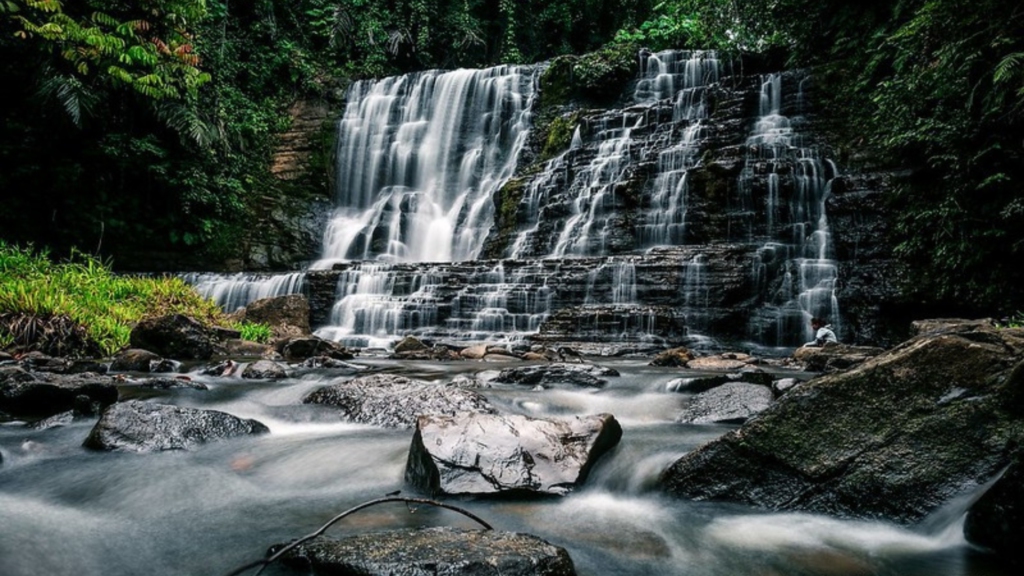
Merloquet Falls
Great Santa Cruz Island
Pink Beach is another name for the Great Santa Cruz Island. Amazing pink sand is produced when white sand is mixed with crushed red organ pipe coral that washes ashore.
The island’s natural beauty is enhanced by the sea’s blue and green tones and the abundant vegetation. You can go outside and do things like swim, sunbathe, and snorkel.
Only visitors on a day trip may enjoy the Pink Beach. Zamboanga City’s administration strictly controls the amount of tourists that may enjoy the beach at any one time.
On the island, you may rent out little houses. You can’t spend the night here.
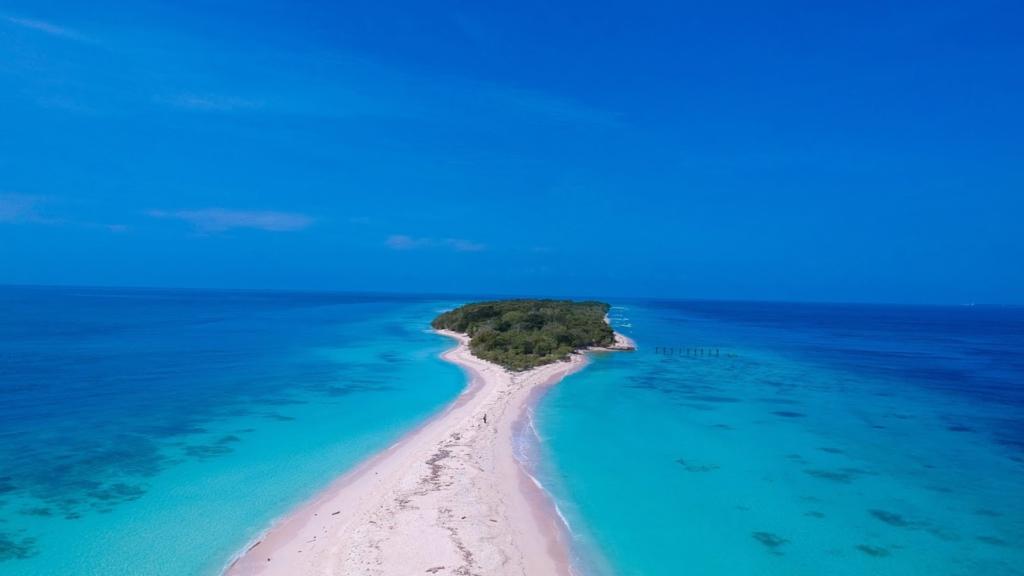
Great Santa Cruz Island
Zamboanga City Hall
Zamboanga City’s municipal government operates out of the City Hall. The municipal hall in the Philippines has been designated as a National Historical Site by the National Historical Commission.
The United States federal government began constructing the landmark in 1905 and finished it in 1907. During the time it was occupied, the structure was the official house of the US military governor of Moro Province.
In time, it replaced Zamboanga as the capital of the provinces of Mindanao and Sulu. The city of Zamboanga, Philippines, has used this structure as its municipal hall since 1937.
Filipino colonial architecture inspired the design of the Zamboanga City Hall. It occupies a corner of Plaza Rizal.
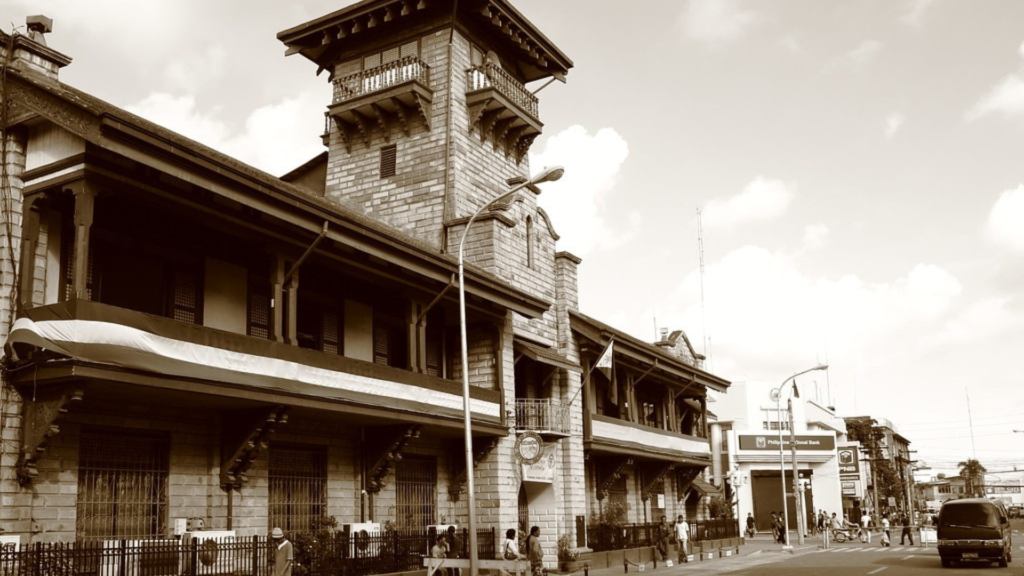
Zamboanga City Hall
Yakan Weaving Village
The Yakan people are indigenous to the Philippines and their home is the well-known Yakan Weaving Village in Upper Calarian, Zamboanga City.
The village’s main shopping district has kiosks selling authentic Yakan textiles made using age-old weaving methods. A set of steps goes farther inside, to the weaving station, where guests may see the weavers at work.
The bright colors and complex geometric designs are trademarks of these handmade goods.
You can get more than only Yakan goods at this settlement. It’s evidence that the Yakan people can persevere in the face of growing violence at home, that they can take pleasure in their heritage even while it’s being forgotten, and that they can look forward to a brighter future.
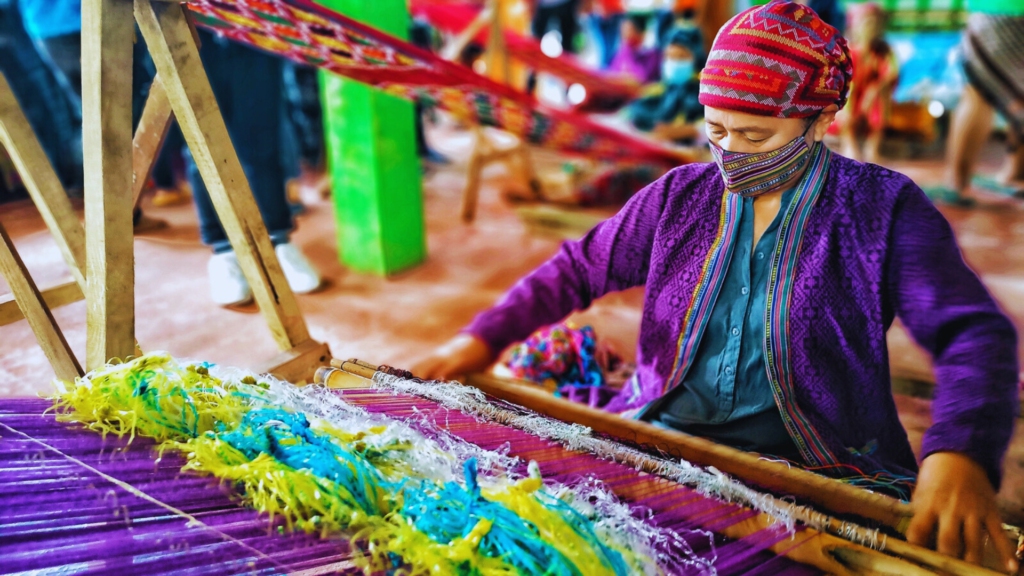
Yakan Weaving Village
Paseo del Mar
Fort Pilar, a national museum and historic site, is conveniently adjacent to Paseo del Mar. Numerous eateries, cafes, and entertainment venues can be found along Paseo del Mar.
One of the busiest tourist destinations, it has an eight-arch entryway guarded around the clock. The Paseo Del Mar resembles Manila Bay’s stroll and, like it, comes alive with color after sunset.
Enjoy the beautiful scenery and delicious cuisine while taking a stroll along the waterfront promenade. The Paseo Del Mar comes alive with a Dancing Fountain, food stands, and live entertainment as the sun goes down, when it is illuminated with decorative lighting. Both Santa Cruz Islands, which provide for a picturesque ocean view, are visible from the coast thanks to the proximity of the Santa Cruz Island Ferry.
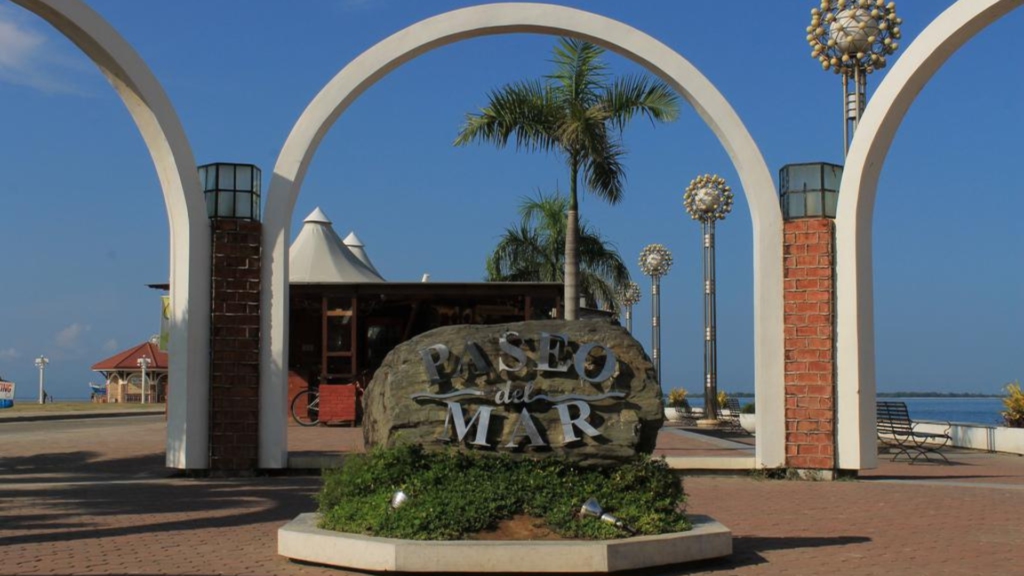
Paseo Del Mar
Final Thoughts
The city of Zamboanga is one of a kind, bustling, and loaded with pleasant and unexpected discoveries. It doesn’t matter whether you’re a gourmet, a history nerd, or a nature enthusiast; Zamboanga has something for all of these types of people and more.
This city is a true jewel of the Philippines. It is renowned for its scrumptious cuisine, as well as its lovely resorts and hidden treasures. Make sure to include Zamboanga City on your itinerary the next time you are thinking about traveling to the Philippines.
You won’t be let down in any way!
So, why do you stick around? Get the ball rolling on your ideal holiday right now with Jude the Tourist!
FAQs
What is the most famous food in Zamboanga?
Curacha is the most famous food in Zamboanga.
Is Zamboanga City safe for tourists?
Yes, Zamboanga City is generally safe for tourists.
What is the best time to visit Zamboanga City?
The best time to visit Zamboanga City is during the dry season from December to May.
What are the transportation options in Zamboanga City?
Transportation options in Zamboanga City include jeepneys, tricycles, and taxis.
What should I pack for my trip to Zamboanga City?
When packing for a trip to Zamboanga City, consider light and comfortable clothing, as well as insect repellent and sunscreen.

